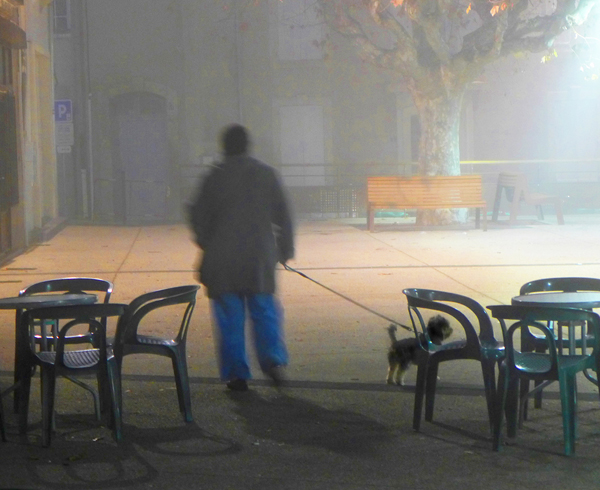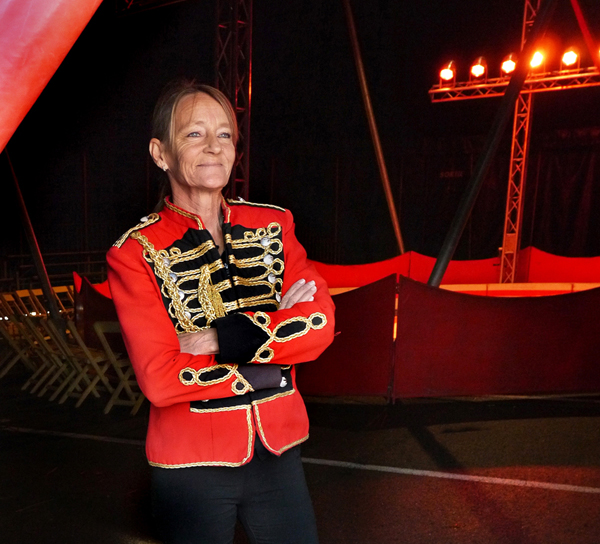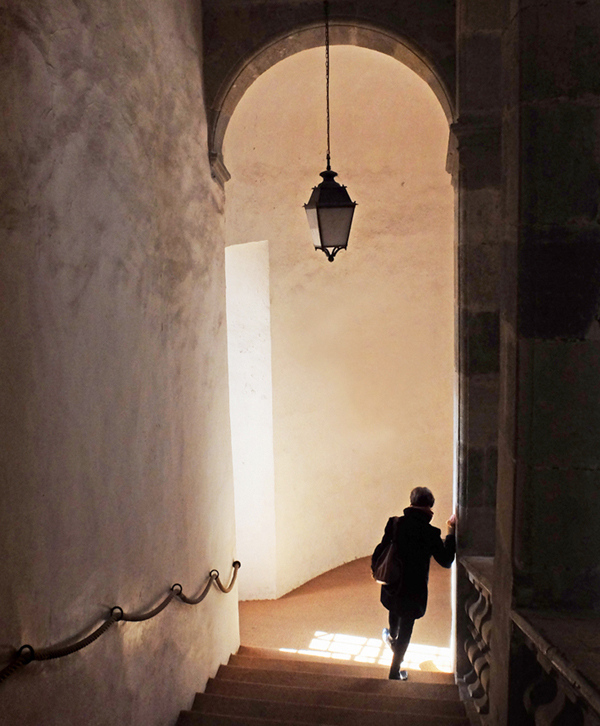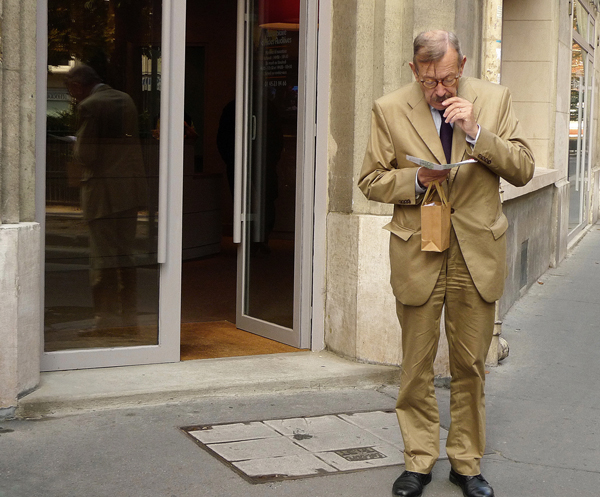5 Simple Ways to Dramatically Improve Your Photos Before You Trip the Shutter

Great photographs are not the result of great cameras. Superb cameras help, but the real secret to making great images is the ability to see photographs in your mind’s eye before you take them. Once this ability to “pre-visualize” an image is learned, it quickly becomes second nature. Here are five simple tips to jump-start your thinking outside the camera.
1. Capture the Light
Photographers tell stories with light, and that means that you need to know something about the language of light. Light has four basic aspects; quantity, direction, quality and color. Quantity, direction and the color of the light are fairly easy to understand, but quality of light is another story. It is the element that sets the mood or tone of the photograph and too often we take it for granted.
The quality of light changes constantly with the weather and the seasons. It ranges from soft diffuse light to hard specular light, and the quality is most evident in shadows. Hard light comes from a point source like the sun on a bright summer day. It is boisterous and energetic and creates bright highlights and dark shadows without detail.

Diffuse light on the other hand has no shadows or very faint ones like the light of an overcast day. The light seems to come from all directions or no direction at all and it wraps around the subject setting a calm mood. It is the quality of light in fog as in the photo above of an early morning dog walker. The quality of light usually falls between these extremes, and normal daylight is a mixture of hard sunlight and softer light reflected from the sky.
Quality of the light is especially important in portraiture where it’s important to convey something about the subject’s personality. Soft light adds a quality to a portrait that is especially pleasing with photos of children, pretty models and older people. A portrait shot with a harder light is more “dramatic,” accentuating the subject’s facial features while conveying a sense of strength.
2. Coordinated Colors
Developing your color sense is crucial for shooting strong color photos. It starts with understanding how colors either work together or clash. The color wheel helps visualize the relationship between colors. Those next to each other are “adjacent” colors and they form color “palettes.”

In the blue part of the wheel they form a “cool” palette, in the orange-yellow a “warm” palette, in the reds a “hot” palette, and in the greens a “calm” palette. Individual colors diagonally opposite each other are called “complementary” and using these pairs strengthens a photograph. How colors work together is best learned by practice.

The photo of Claudine, the ringmaster of a small traveling circus, is a good example of thinking in terms of colors. Red is an intense color, but when placed near black it literally gets more intense. When I met Claudine I wanted to get a portrait in her red costume with its gold braids and incorporate the red of the tent in the shot. I began to shoot as we walked around the tent until we came to an open tent flap. I liked the way it framed her and took several shots from several different angles both from inside and outside the tent.
3. The Balancing Act
The next important concern is the balance between light and dark in the picture, i.e. the brightness/contrast ratio of areas in the scene. When dark colors or tones dominate a scene, a small area of light will appear to jump out from the background. You can see this in the photo of the lighthouse. The lighthouse is a small area of white, but because of the contrast difference it stands out.

In the opposite situation when the brightness/contrast ratio is reversed and light tones dominate, then any area of darkness will seem to recede from the viewer. I used this idea in the photo of the woman going down a flight of stairs. She is a dark area against a larger light one which makes her seem to recede and this emphasizes the sense of her walking away.

4. You Gotta Move.
I‘m always surprised to see photographers who find a place from which to shoot and then never move from that spot It’s as though they expect the pictures to come to them. That never happens, and no matter where I am or what I am shooting I know that I have to keep moving.
Henri Cartier-Bresson is one of my heroes of the “photo dance.” He is well known for his constant motion and capturing the decisive moment while walking around crowds and through them. He spent time observing, while literally dancing on his toes in search of the right combination of form and moment. The short clip below shows him at work walking, searching and dancing on his toes.
I don’t believe that standing in one place and zooming a lens in and out gets you good photographs. Great photos simply don’t come to you; you have to hunt for them. So let your feet do some walking and they just might take you to the right place for great photos.
5. Acting and Reacting
Every great photograph conveys something of the photographer’s reaction to the scene at hand. Really good photographers encapsulate strong reactions in their images that is the source of the powerful impact upon us. So before taking a picture, take a moment for introspection. How are you feeling at this moment? Are you in awe of a magnificent landscape? What in particular? It’s size, the weather, the colors?

A simple example of capturing a reaction is this shot of a man in a tan suit in front of a tan building. I was first attracted by the colors, but then I noticed that he looked lost. I raised my camera and took a few unsatisfying shots. Then he removed a piece of paper from his pocket and began twisting his moustache. I snapped the shutter and got a shot that for me captures the feeling of “lost.”
The more you practice putting feelings into photographs the easier it becomes. Soon this sensual business will be second nature and will be evident in your images.
Thinking about and using these five tips to pre-visualize an image before you trip the shutter will not only improve your photography but it may well change the way you see the world.










































